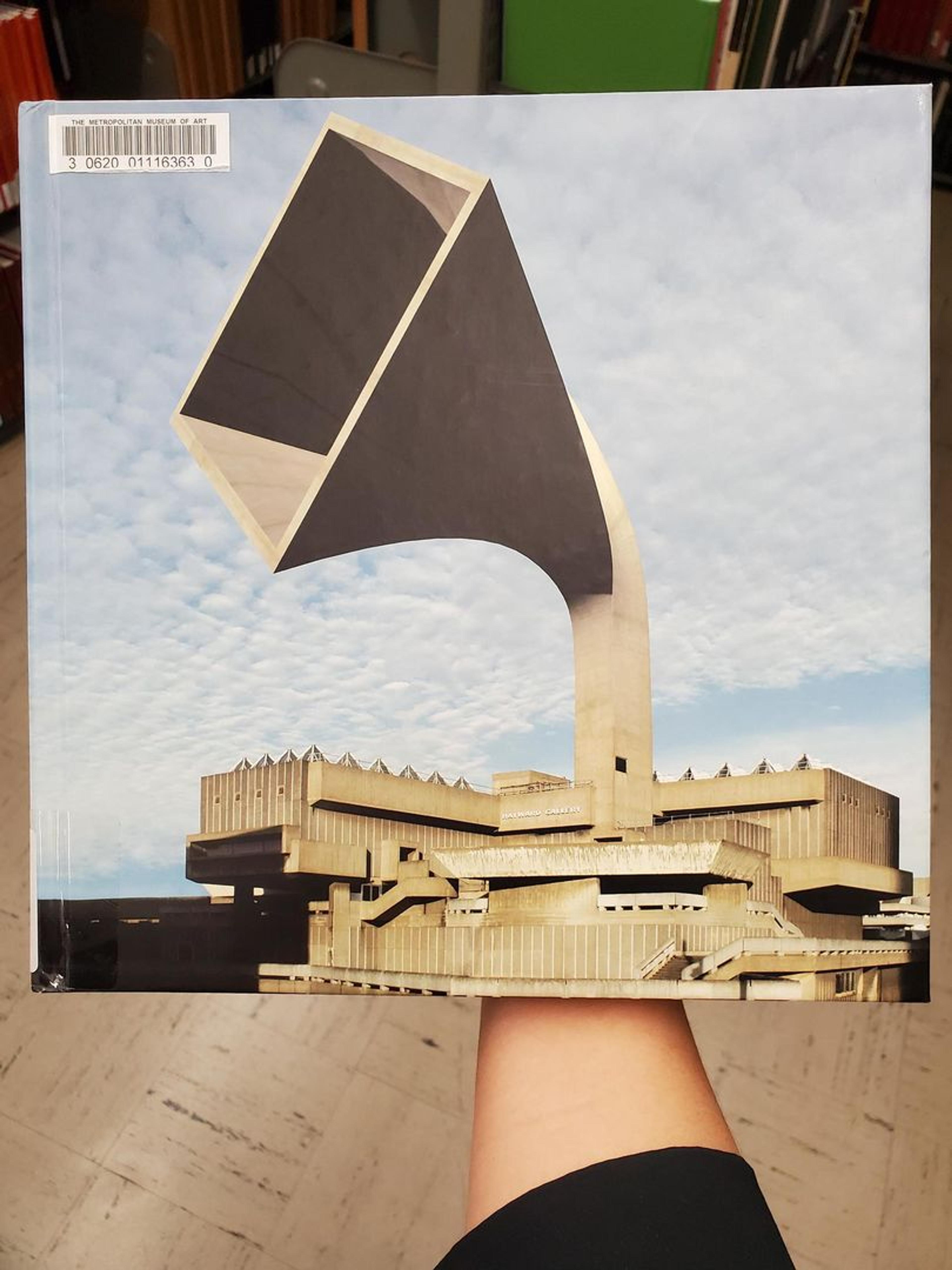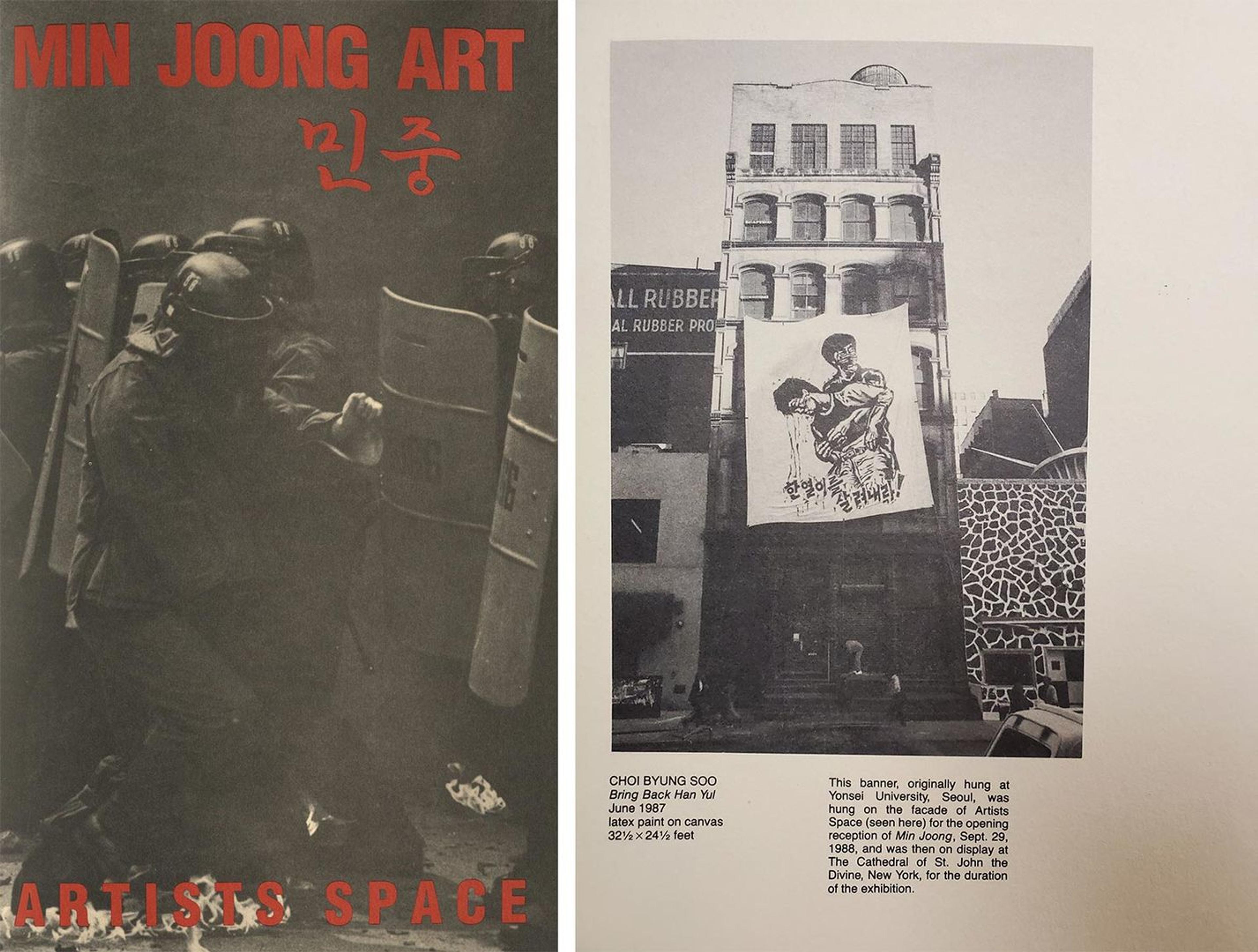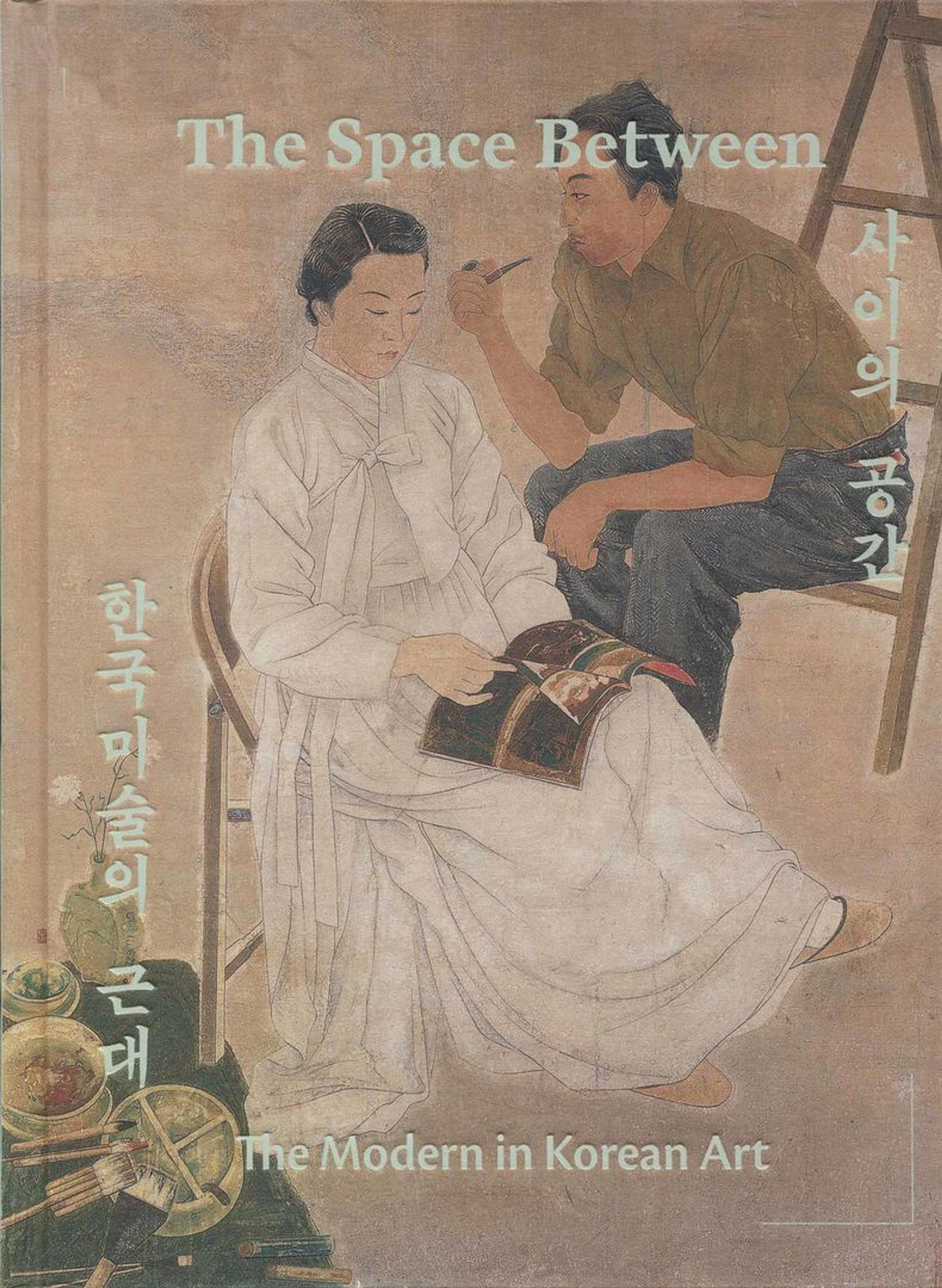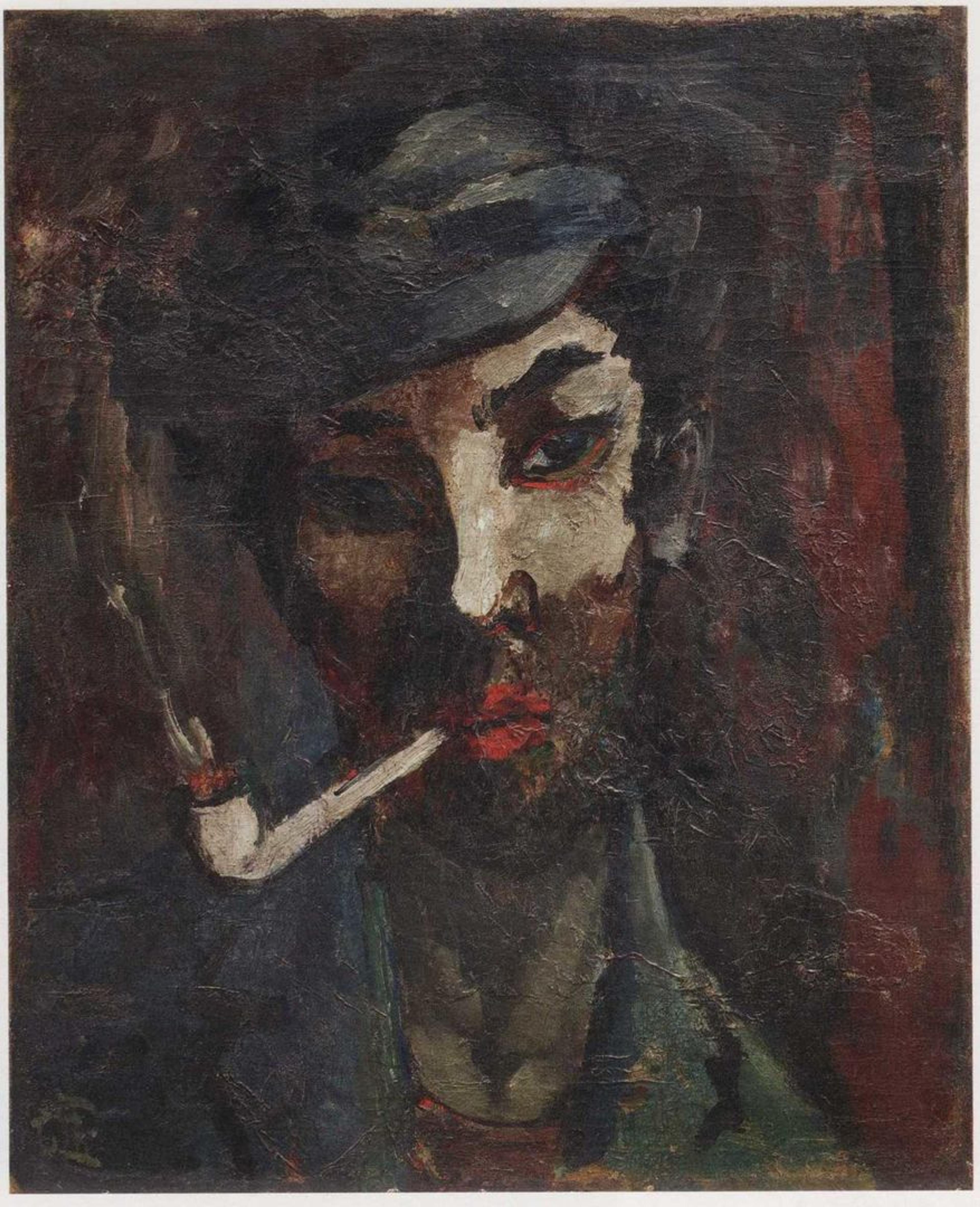Over a year ago, as part of the application for the fellowship I recently finished at Thomas J. Watson Library, I was asked, “Tell us about an experience you've had with art that influenced you or changed how you understand your world.” It’s an apt question coming from an art library selecting from a mountain of applications, and I’m certain many others struggled to select just one story to share, but it was without hesitation that I submitted the following:
In 2008, the work of Korean artist Do Ho Suh was included in an exhibition at the Hayward Gallery, London, called “Psycho Buildings.” The exhibit transformed the gallery, challenging perspectives of space and the built environment. Suh’s contributions included Fallen Star 1/5, a re-creation of the artist’s Korean home crashing into the first apartment building he lived in when he moved to New York City.[Although the artist was born in Korea and I in Canada], this piece embodies my sense of duality and the inner conflict of being a diasporic Korean, and it was only the second Korean artist whose work I’d seen celebrated in a large, western institution (Nam Jun Paik being the first). The juxtaposition of the two architectural styles—so distinct and irreconcilable, the violence of impact and the debris that follows, and the awkwardness of the union gave substance to complex emotions and experiences I continue to have today. It also made me think more deeply about how unique each diasporic life is lived, at which point that collision happens, and the ways in which we cope with the duality.

Fallen Star 1/5 by Do Ho Suh, installed at the Hayward Gallery, London as part of Psycho Buildings (2008). All photos by the author

Cover of the exhibition catalog for Psycho Buildings at the Hayward Gallery, London (2008)
Exhibitions are a powerful mode of exchange and, in their own way, attempt to collapse the distance between geography, time, and culture. While working at Watson, I’ve been fortunate to wander The Met’s galleries when it’s closed to the public and have found myself wandering up to the Asian Art wing more than once to study the exhibitionJegi: Korean Ritual Objects, that ran from August 6, 2022–October 11, 2023. While these objects and the context from which they emerged are part of my heritage, it can sometimes be difficult to connect my present to this history—it certainly hasn’t replicated my first encounter with Do Ho Suh’s work. But the value of these exhibitions and the cultural exchanges they afford can be re-visited time and time again through their exhibition catalogs, so I’ve selected a few in Watson’s collection that might serve as an entry point to the dynamic and complex world of Korean and diasporic Korean contemporary art.

The cover of the exhibition catalog for Min Joong Art: A New Cultural Movement from Korea, features Student March to the D.M.Z. (left) by The Photo Collective for Social Movement (1988). The book begins with a photo of the Artists Space gallery the day of the exhibition opening (right); the banner seen hanging from its façade for the exhibition opening on September 29, 1988, was Bring Back Han Yul by Choi Byung Soo (June 1987) which “originally hung at Yonsei University, Seoul” (excerpt from the catalog).
In 1988, Artists Space in New York City staged the group exhibition Min Joong Art: A New Cultural Movement from Korea (sometimes Romanized as Minjung) from September 29–November 5, 1988. It presented artworks that came out of a socio-political protest movement in Korea after the Gwangju (sometimes Romanized as Kwangju) Uprising/Rebellion of 1980. “The presentation of this work comes at a time when much of the world's attention is focused on Korea as it coincides with the 1988 Summer Olympic Games in Seoul. The work in the exhibition illustrates an exciting combination of activism and artistic output which comments on Korea's cultural and political past as well as its present” (excerpt from the catalog and Asia Art Archive).
From October 15, 1993–January 9, 1994, the Queens Museum of Art was the site of Across the Pacific: Contemporary Korean and Korean American Art, an exhibition featuring Korean, Korean-American, and Korean-Canadian artists. According to a review in the New York Times, “At its best, as in the brush-and-ink drawing of a four-eyed sage by Ho Suk Kim, in Jin Soo Kim's sculptures made of bandaged objects, or in the nightmarish mural-size charcoal drawings of Korean mythological beings inhabiting Western cities, by Y. David Chung, the show presents an allusive sense of a culture's origins, of its present, conflicted identity and of its still-clouded destination” (Holland Cotter, New York Times, December 10, 1993).

The cover of the exhibition catalog for The Space Between: The Modern in Korean Art.
More recently, The Space Between: The Modern in Korean Art was staged at the Los Angeles County Museum of Art from September 11, 2022–February 19, 2023. The works it brought together demonstrate some of the artistic developments in Korea during the tumultuous time between the end of the Joseon dynasty (1392–1910), through Japanese occupation (1910–1945), and the Korean War (1950–1953). Works cover the introduction of photography, sculpture, and oils; the influence of contemporary foreign artistic practices; and Sinyeoseong, a type of feminism that “centered on the education of women” (excerpt from the exhibition text) among others.

Portrait of a Friend (친구의 초상, 1935) by Gu Bonung (구본웅, 1906-1953). Bonung began studying oil painting and sculpture in Korea before enrolling in art school in Japan in 1928. Upon his return to Korea in 1931, he became one of several artists who helped introduce avant-garde art in his home country. From The Space Between: The Modern in Korean Art

Rondo (론도, 1938) by Kim Whanki (김환기, 1913-1974). Like Bonung, Whanki was exposed to European abstract art while studying in Japan and helped disseminate the style in Korea when he returned from his studies in 1937. From The Space Between: The Modern in Korean Art
I’m not sure anything will ever top my first experience of Do Ho Suh’s work, but it sent me on a learning journey that was overdue and will continue for years to come. And while we’re all limited in what exhibitions we can view in-person, their catalogs allow access with far greater flexibility. These publications remain as a testament to embodied narratives, providing both a snapshot of what was shown and insight into how people thought of the subject at the time. Watson Library has tens of thousands of exhibition catalogs from around the world that can be viewed both in-person and online. Happy exploring!
